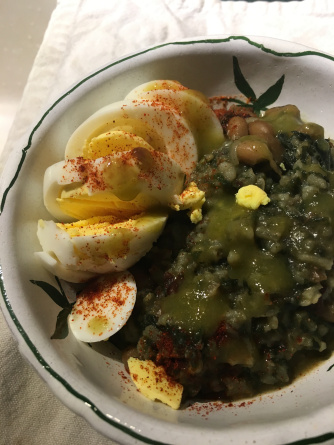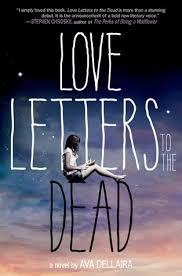

Over drinks one night, a friend and I started talking about cooking. My friend was lamenting the drudgery of preparing an entire “healthy” meal, every night, from the ground up. When I mentioned leftovers, she said her husband wouldn’t eat leftovers. I was stunned. It never occurred to me that not eating leftovers was even a choice someone could make. Besides – many dishes taste even better the next day.
Another friend recently expressed frustration that she’d just bought a week’s worth of groceries for her household of three. “Seven meals, mostly chicken and a few desserts,” she said. “I even bought frozen veggies, not fresh, to save a few bucks.” It had cost her $457. That’s roughly our household of three’s entire grocery budget for a month, even with a teenage boy in the house. And how much of those seven meals’ ingredients will end up in the trash?
Yet another friend told me how her daughter recoiled in horror upon wandering into the kitchen and “catching” her making chicken salad with the leftovers from the previous night’s roast chicken dinner. It was the daughter’s view that the recipe for chicken salad begins with “cook boneless, skinless chicken breasts.” Using bits picked off a cold, cooked chicken carcass was “gross.”
The whole point of tuna, egg, or chicken salad is to use up (and stretch out) leftover tuna, eggs, or chicken. Similarly, the whole point of casseroles, gratins, mashed potatoes, hash, soup, savory pies, curries, cold salads, pasta sauce, pesto, tacos, quesadillas, omelettes, quiche, and fritatta is to stretch out and use up leftover vegetables and meat scraps. Bread pudding (both sweet and savory) arose from the need to use up stale bread. (See also: fried rice.) Celebrity chefs may have since gussied them up, but all these dishes originated in humble home kitchens from necessity and scarcity.
Eating leftovers doesn’t mean simply reheating last night’s meal. In my post about making stock, I talked about Tamar Adler‘s view that a clever cook brings the best of past meals into future meals. She never makes a meal from the ground up if she can help it. And she doesn’t buy her groceries in “per meal” units, either. She buys the best local food she can, in season as often as possible, and she buys what’s most economical or on sale. She also takes an inventory of what she has on hand at home, and determines what needs using up the soonest. Then she plans her week’s meals around those ingredients. She lets the season, the market, and necessity dictate her menu.
Links to a couple of short videos with Tamar Adler cooking with leftovers and how to be a clever cook. (My free account doesn’t support embedded video, sorry.)
If possible, buy all your vegetables and meats on one day a week when you’re most likely to have time (or the day of your local farmers’ market). Try to buy your root and cole vegetables whole, with their tops (as most are edible) intact and in good condition, and prep everything when you get home. Peel, dice, and roast your vegetables simply in a drizzle of good olive oil, salt, and pepper. Saute greens and mushrooms with a bit of garlic. When they cool, refrigerate and use them all week long as the base for all the dishes I mentioned above, and more. You’ll save yourself so much time, because your ingredients are already prepped and cooked – no need to begin from scratch, with raw, whole veg and meat.
Roast chicken and vegetables one night, chicken curry (or chicken salad) the next, then soup the night after that with stock made from the bones. Or reheat that last bit of curry, spoon it over a nice piece of toasted bread, drape a poached or fried or sliced boiled egg on top of it, and sprinkle with hot sauce and a pinch of smoked paprika. Add a side salad, and you have a simple, delicious meal in little more time (or cost) that it takes to cook an egg.
By the way, Leanne Brown has created Good and Cheap, a beautiful guide to preparing wholesome, nutritious, delicious meals on a budget of just four dollars a day – including tips for transforming leftovers into future meals. The pdf is available here for free. A print edition is also available for purchase; for each copy sold, she donates another copy to someone who needs it.
Advertisements Share this:





